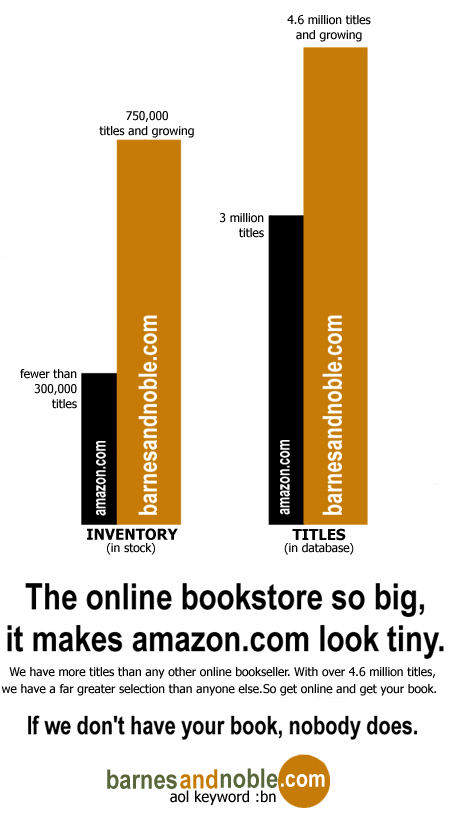












Source of Melting Pot Graph: US News & World Report, Jan. 15, 2001, p. 8

The U.S. unemployment rate shot up to its highest level in more than 7 1/2 years in April, the government said on May 3, 2002, bolstering a belief that it may be some months before the Federal Reserve needs to raise interest rates. The Labor Department said 43,000 jobs were created in April but that followed a sharply revised loss of 21,000 jobs in March. The unemployment rate climbed to 6 percent in April -- highest since a matching 6 percent in August 1994 -- from 5.7 percent in March. (Michael Sales/Reuters Graphic)








Source: The Hindu. Dec 26, 1997

Source: http://ed.gov (The website of the Department of Education) Accessed June 18, 2003. The graph has the following caption
"Chart shows that since 1965, when Congress passed the Elementary and Secondary Education Act (ESEA), through 2003, the federal government has spent more than $242 billion to help educate disadvantaged children. Yet, according to the National Assessment of Educational Progress (NAEP), the average reading score for 9-year-olds across the nation in 1975 is not significantly different from the 1999 score. During those years, the annual appropriation for ESEA increased six-fold -- from $2.3 billion in 1975 to $13.8 billion in 1999 -- while the average reading score for 9-year-olds was 210 in 1975 and 212 in 1999. ESEA appropriations for 1966-1974 and for 2000-03 are provided in the chart, but average reading scores for 9-year-olds are not shown because they are not available for all of those years. The president's 2004 budget request of $22.5 billion for ESEA is shown."
|
Chicago Tribune, Jan. 5, 2004 |
Chicago Tribune, Jan. 13, 2004 |




The above graph appeared in the Glenbrook South High School "A Newsletter for the Community" Fall 2006, published by Northfield Illinois Township High School District 225. The newsletter was making a case for a positive vote on a bond referendum that would raise taxes to support schools.

The above graph appeared in an MSNBC.com video on recent recessions on April 5, 2008.